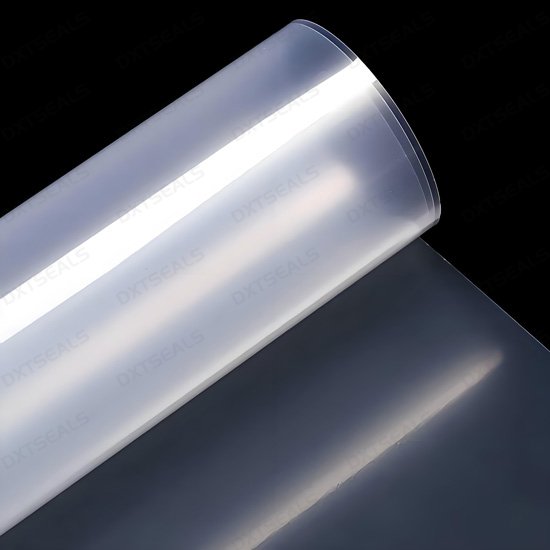Related Products

PET Films
150~300MPa
-70~150
PET (Polyethylene Terephthalate) film is a versatile and widely used material known for its excellent mechanical, thermal, and chemical properties. It is a type of polyester film that is biaxially oriented to enhance its strength, durability, and clarity. Below are some key parameters and common applications of PET film:
Temperature Resistance:
PET film can withstand a wide range of temperatures, typically from -70°C to 150°C (-94°F to 302°F).
It has a melting point of approximately 250°C (482°F), making it suitable for applications requiring moderate heat resistance.
Pressure Resistance:
PET film exhibits high tensile strength, often ranging from 150 to 300 MPa, depending on the grade and thickness.
It maintains structural integrity under moderate pressure, making it ideal for laminating and packaging applications.
Tear Resistance:
PET film is highly resistant to tearing, with a tear strength of about 10-20 N/mm.
Its biaxial orientation provides excellent dimensional stability and resistance to punctures.
Chemical Resistance:
PET film is resistant to many chemicals, including oils, greases, and mild acids, making it suitable for harsh environments.
However, it is susceptible to strong acids and bases.
Optical Clarity:
PET film offers high transparency, with a light transmission rate of over 90%, making it ideal for optical and display applications.
Thickness:
PET film is available in a range of thicknesses, typically from 12 microns to 350 microns, depending on the application.
Surface Properties:
It can be coated or treated to enhance properties such as adhesion, printability, or barrier performance.
Packaging:
PET film is widely used in food packaging (e.g., snack bags, beverage bottles) due to its excellent barrier properties against moisture and gases.
It is also used for blister packs, lidding films, and shrink sleeves.
Electrical Insulation:
PET film is a popular choice for insulating materials in capacitors, transformers, and cables due to its dielectric strength and thermal stability.
Graphic Arts and Printing:
Its high clarity and printability make PET film ideal for applications like posters, labels, and overlays.
Solar Panels:
PET film is used as a backsheet in photovoltaic modules due to its durability, UV resistance, and electrical insulation properties.
Membranes and Separation:
PET film is used in filtration systems and separation technologies, such as water purification and battery separators.
Industrial Laminates:
It is commonly laminated with other materials to create durable surfaces for products like nameplates, control panels, and decorative finishes.
Optical Displays:
PET film is used in touchscreens, LCDs, and light guides due to its transparency and scratch resistance.
Medical Applications:
PET film is used in medical packaging, diagnostic devices, and X-ray films because of its biocompatibility and sterility.
Lightweight yet strong
Excellent barrier properties
Recyclable and environmentally friendly
Cost-effective for high-volume production
In summary, PET film is a highly adaptable material with a balance of thermal, mechanical, and optical properties, making it indispensable across various industries.
Message to us (click here to show/hidden)